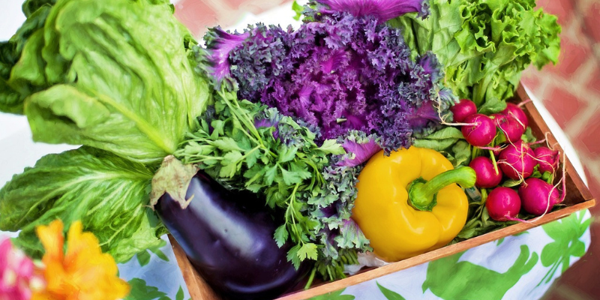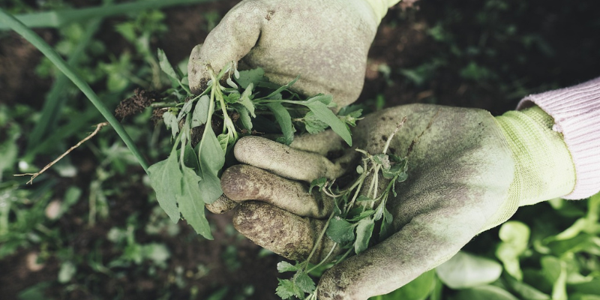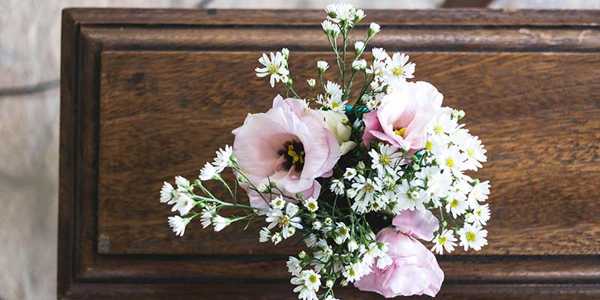安心価格で信頼できる葬儀会社を見つけるための完全ガイド
8 Easiest Vegetables to Grow for New Gardeners
Having a green thumb is not something you are born with but something you develop. Gardening can be a satisfying activity as you can visually see a representation of your skills growing through your plans. While there is no guarantee that every plant you grow will be a success, knowing where to start can be the key to you thriving. To help you in this journey we have put together a list of the best beginner-friendly vegetables and fruits to start your garden today.
Having a green thumb is not something you are born with but something you develop. Gardening can be a satisfying activity as you can visually see a representation of your skills growing through your plans. While there is no guarantee that every plant you grow will be a success, knowing where to start can be the key to your thriving. To help you in this journey we have put together a list of the best vegetables and fruits to grow for beginners.
Lettuce
Lettuce is one of the most popular crops. It is easy to grow and a great addition to meals. What makes it an excellent option for most people is that it does not need a big space. You can easily grow it on your balcony, patio, or garden.
If you are growing lettuce, you should only grow small batches at a time, as you don’t want to grow it and not be able to eat it. To grow it successfully, plant it in lightly shaded areas of the garden. You want to ensure regular watering, as you don’t want the hot and dry weather to cause your lettuce to become bitter.
Finally, make sure to resow regularly so that you always have some lettuce at hand.
Onions
No dish is complete without onions, and no garden is either. This is a crop that requires very little space and can be extremely reliable. Unlike lettuce, onions can be stored which means you can grow large portions in one go.
Onions are grown from sets, which are small bulbs and can be planted in autumn or spring. If you choose to plant seeds instead you might need additional time.
The soil needs to be well-drained and the pots should be placed in warm sunny spots, with only occasional watering during dry spells. You should also regularly weed the pot. Harvest your onions in early autumn or summer.

Bell Peppers
Bell peppers require a bit of a larger space to grow. Choose a sunny and well-drained spot that has enough space. Usually, you want to space your pepper plants around 18 to 24 inches apart. The soil pH should be kept between 6.2 and 7.0.
Because peppers tend to grow a lot, you want to use pruning shears to cut the peppers from the plants, rather than pull them by hand. You can cut peppers at different maturity stages, from green, to red, yellow, and even purple.
Tomatoes
Tomatoes have for years been a go-to for beginner gardeners. They are easy to grow and can serve multiple purposes in your kitchen. After planting the tomato seeds you will need to regularly water the plants for your tomatoes to grow.
If you are starting the growth from seeds, you will want to start indoors in late winter or early spring. Once the frost in the soil has gone away, you can transplant your plants in warm soil.
Carrots
To grow carrots, you want to have a deep pot available. This root vegetable tends to prefer loose, sandy soil so that it can keep growing straight.
You should sow the seeds directly into the ground in early spring. The soil should be moist allowing the seeds enough space for growth. It will take a few months for your carrots to grow. Once they are fully mature the fun begins as you can pull them out by hand.
Leafy greens
Leafy greens, such as Swiss chard and spinach are easy to grow vegetables. The great thing about them is they can grow indoors without issue. Unlike other plants that require months to grow, leafy greens are an easy, fast, and compact crop to grow.
Using a small space, pot or container place your seeds inside the soil. Make sure this is fertile soil that won’t dry out. You want to keep the plant out of extreme weather conditions. You also want to avoid damp conditions as they can attract snails and slugs.
When you want to eat your crops, cut the leaves for harvest. You can do this until the greens start to flower, at which point they should be removed.
Garlic
Much like onions, garlic is easy to plant but slow to grow. You want to plant your garlic in spring or fall for better crops. For the cloves to separate the weather needs to be relatively chilly.
Minimal water is required when growing garlic. Ideally, you want the soil to have good drainage. From there you can water your garlic with around half to one inch of water per week.
Zucchini
Zucchini is a simple to grow vegetable, that does well with minimal water. You usually want to plant the seeds in your garden at the end of spring.
Once in the ground, you will have to water the plant with one inch of water each week. The great part of zucchini is that once grown every part of it is edible, including its flower.
Conclusion
When starting your vegetable garden choose low-effort high-quality crops the first time. These beginner-friendly vegetables will give you the confidence needed to move to harder to harder-to-harvest crops. Gaining knowledge on gardening takes time, so don’t rush it. Just take your time and enjoy the harvesting of your efforts.











